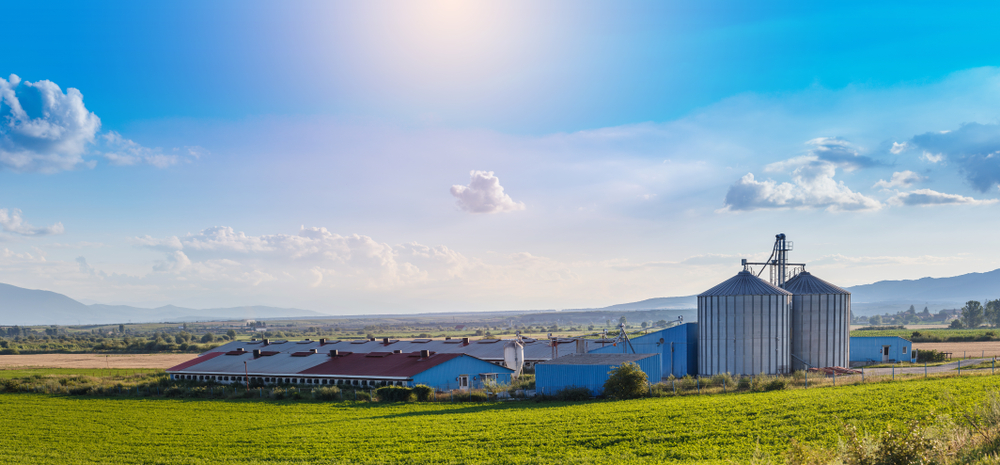PIERRE, S.D. (MITCHELLNOW) The United States and 123 other countries have pledged to reach “net-zero” carbon emissions by 2050 or 2060. As part of this ambitious goal, strategies are being deployed nationwide, with a particular focus in South Dakota on utilizing one of the state’s most abundant natural resources: soil.
Research conducted by South Dakota State University (SDSU) has highlighted the potential of soil as a frontier for carbon removal. “Climate-smart” farming techniques improve crop yields and sequester soil carbon, such as no or reduced tillage, cover crops, and nutrient management.
As we approach 2050, “carbon programs” have emerged that offer financial incentives to farmers who adopt these climate-smart practices. However, recent studies have found that only a small percentage of eligible farmers choose to enroll in these programs. A new study from SDSU’s Ness School of Management and Economics, led by associate professors Tong Wang and Hailong Jin, explores the economic costs associated with adopting these practices, a significant barrier to enrollment.
In 2021, Wang and Jin surveyed approximately 1,100 farmers in Minnesota, Nebraska, North Dakota, and South Dakota. At that time, there were at least 12 carbon programs available to farmers in the region, offering rates based on the quantity of carbon dioxide sequestered on a per-metric-ton basis. The rates ranged between $15 and $30 per unit sequestered.
The survey revealed that farmers’ willingness to adopt climate-smart practices increased as the price increased. However, at the current prices ($10 and $20 per unit), only a small fraction of respondents were willing to change their farming practices. Even at the highest currently available price point ($30), only 11% of farmers were willing to adopt.
“Most farmers did not have incentives to enroll in carbon programs at currently offered price levels,” Wang said. “At higher rates ($40, $50, and $70), the percentage of farmers willing to change practices increased. About half of the respondents were unwilling to enroll at the highest price listed, or if the current carbon prices double or triple.”
The researchers suggest that a lack of information about the cost and benefit of different climate-smart practices, as well as the measured and verified amount of carbon sequestration, play a role in the unwillingness of some farmers to change practices. To improve perceptions around these practices, the researchers suggest creating more education programs available to farmers.
“These could help them gain a better understanding of the co-benefits of carbon program enrollment, including the benefits of climate-smart practices on soil, yields, or profit,” Wang said.
The researchers also note that costs surrounding carbon markets need to decrease. New equipment, learning, measurement, and verification all present barriers to adopting these practices, some of which are costly in terms of time or money. While monetary support would help in overcoming some barriers, so would technical support, Wang said.
The biggest takeaway from this study is the price point of current carbon markets: too low for farmers to be incentivized to change their practices. Based on their findings, the researchers suggest that a price increase could go a long way toward increasing the number of farmers utilizing carbon programs in the region.
“Our results indicate that increasing carbon prices from $20 to $50 (per unit) will enhance the carbon program participation rates from 4% to nearly 40%,” Wang said.
The study “Carbon Supply Elasticity and Determinants of Farmer Carbon Farming Decisions” was published in Applied Economic Perspectives and Policy in the academic journal. The U.S. Department of Agriculture’s Natural Resources Conservation Service financially supported this work.


